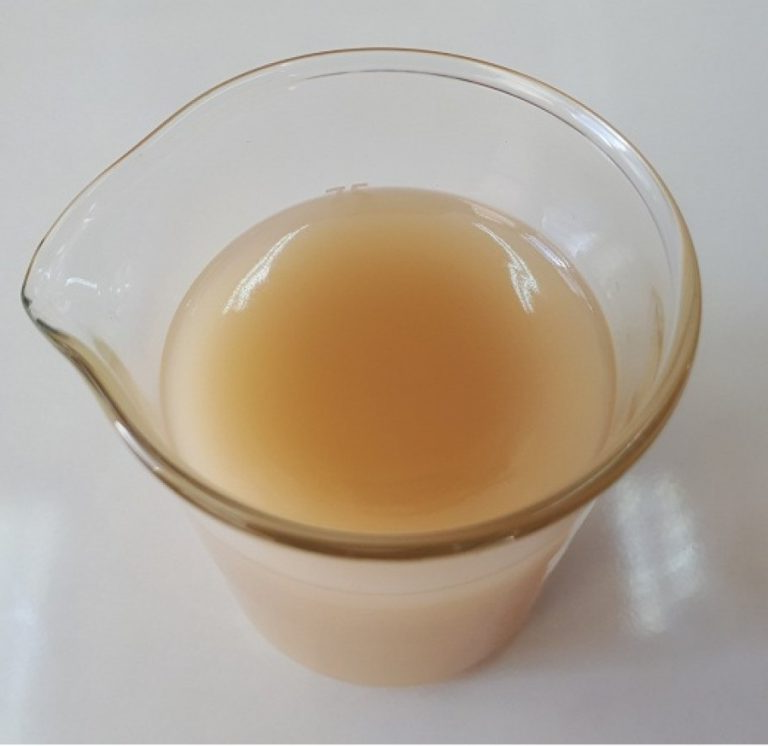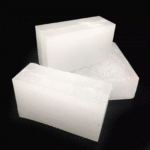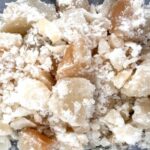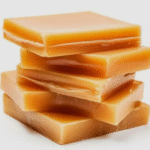Use of Residue Wax in Industrial Applications
Residue Wax, also known as Foots Oil or Slack Wax, is a byproduct of the petroleum refining process. It is a semi-solid material that remains after the extraction of more valuable petroleum products such as lubricating oils and waxes. Although residue wax is considered a lower-grade wax, it still has several applications across various industries. Let’s explore the key features and uses of residue wax.
What is Residue Wax?
Residue wax (also called foots oil wax or crude wax) is a by-product obtained during the sweating process of paraffin wax production. It contains oil, unsaturated hydrocarbons, and waxy components. Though not as pure as refined waxes, Foots Oil finds valuable applications in industries where lower-cost, functional materials are preferred.
Composition and Properties:
Residue Wax is a mixture of hydrocarbons, consisting of both paraffinic and aromatic compounds. It has a higher oil content compared to fully refined or semi-refined waxes. The properties of Foots Oil can vary depending on the source and refining process, but it generally has a higher melting point, a darker color, and a thicker consistency.
Why Choose Residue Wax?
-
Lower cost than fully refined wax
-
High availability
-
Useful for non-cosmetic industrial purposes
-
Can be blended or refined further
Grades of Residue Wax
-
Light Slack Wax: Higher wax content, used in candles and matches
-
Heavy Slack Wax: Higher oil content, better for rubber and industrial coatings
Primary Industrial Uses of Residue Wax:
Candle Production:
While not suitable for high-end candles, residue wax is used in:
-
Low-cost or utility candles
-
Rustic or blended wax candles
-
Candles in rural or emergency use markets
It’s often mixed with paraffin wax to balance cost and performance.
One of the main applications of Residue Wax is in candle making. Due to its lower cost compared to fully refined waxes, Foots Oil is commonly used as an additive or blending component in the production of candles. It helps improve the burning characteristics, hardness, and fragrance retention of the candles.
Coatings and Polishes:
It’s a base material in:
-
Shoe polishes
-
Wood furniture waxes
-
Metal polish bases
The wax gives shine and minor protection from moisture and scuffs.
Residue Wax finds use in the production of various coatings and polishes. It can be incorporated into formulations for floor polishes, car polishes, shoe polishes, and furniture waxes. Slack Wax provides a protective layer, enhances shine, and improves the application properties of these products.
Water-Repellent Treatments:
Foots Oil is used to:
-
Waterproof cardboard, textiles, and paper
-
Provide anti-corrosive coatings for storage containers or machinery
Its oil content enhances moisture resistance and forms a protective layer.
Residue Wax is often utilized in water-repellent treatments for textiles, leather, and other porous materials. It can be applied as a coating or impregnation to enhance water resistance, prevent moisture absorption, and improve durability. Slack Wax helps these materials retain their properties even in wet conditions.
Rust Prevention and Corrosion Protection:
Due to its high oil content, Residue Wax can be used as a rust preventive coating. It forms a protective barrier on metal surfaces, preventing moisture and oxygen from reaching the metal and causing corrosion. Foots Oil is commonly used on machinery, equipment, and metal parts that require long-term storage or protection during transportation.
Asphalt and Roofing:
Residue Wax is sometimes incorporated into asphalt formulations for road paving and roofing materials. It improves the waterproofing properties, enhances adhesion, and provides durability to these products. Slack Wax helps prevent moisture penetration and extends the lifespan of asphalt surfaces.
Rubber and Tire Industry:
Foots Oil acts as:
-
A lubricating agent during processing
-
A mold release agent
-
A softener to enhance elasticity
It helps improve the flow of rubber and protects it from ozone degradation.
Residue Wax is used in the rubber and tire industry as a processing aid and release agent. It helps facilitate the mixing and processing of rubber compounds, enhances mold release properties, and improves the flow characteristics of the rubber. Foots Oil is also used in the production of tire sidewalls and rubber products that require water resistance.
Frequently Asked Questions About Residue Wax
What is Slack Wax made of?
Residue wax contains a mix of paraffin wax, oil, and unsaturated hydrocarbons left over after the sweating of paraffin wax.
Can Slack Wax be used in cosmetics?
No, due to its high oil content and impurities, it is not suitable for cosmetic or food-grade applications.
Is Slack Wax environmentally friendly?
It is a by-product, so using it in industry reduces waste, but it is petroleum-derived and not biodegradable.
Summary
Residue Wax is a byproduct of petroleum refining with applications across various industries. It is commonly used in candle making, coatings and polishes, water-repellent treatments, rust prevention, asphalt and roofing, and the rubber and tire industry. Although Foots Oil is considered a lower-grade wax due to its higher oil content and impurities, it still offers valuable properties that make it suitable for specific applications.
Discover the primary uses of residue wax in rubber, candles, matches, polishes, and waterproofing. Learn how this cost-effective wax supports key industrial processes.
-
Residue Wax Industrial Uses
-
Wax Manufacturing Byproduct Uses
-
Applications of Residual Wax
-
Residue Wax in Industry
-
Crude Wax Usage Guide
Contact Pars Universal Bitumen-Ltd
For more information or to place an order, please contact PUB-Ltd sales team @ Contact Us.
Our Expert will be in touch with you to guide you about the Use of Residue Wax, that can be produced according to your project requirements. Please Get in touch with us for discussing your project details. PUB-Ltd As Your Slack Wax Supplier





